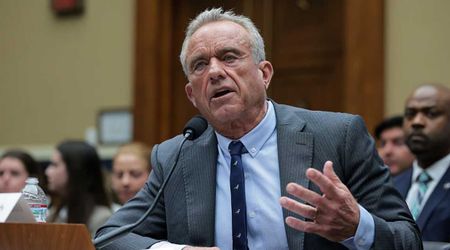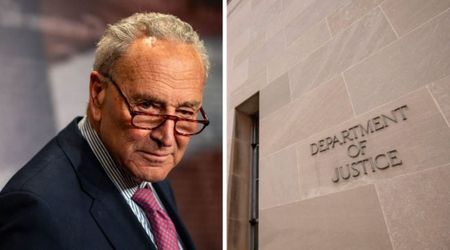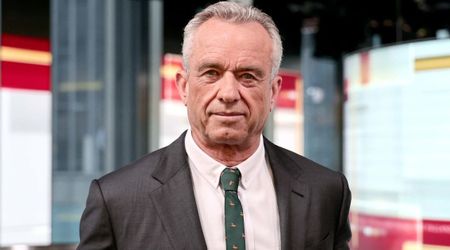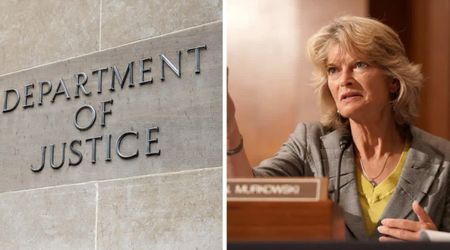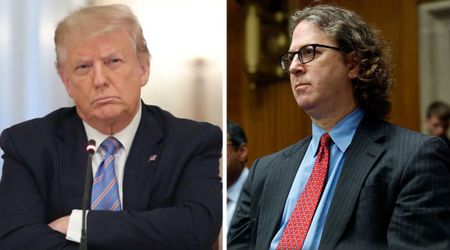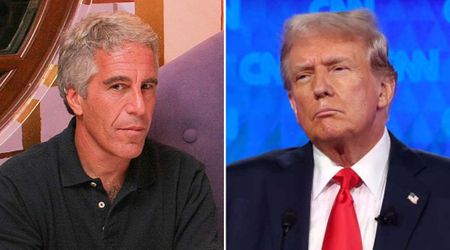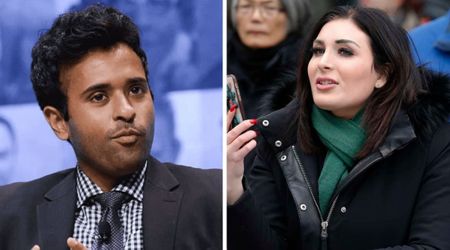Trump’s Russia threat against NATO: Here are 6 things you need to know about 'irresponsible' comments
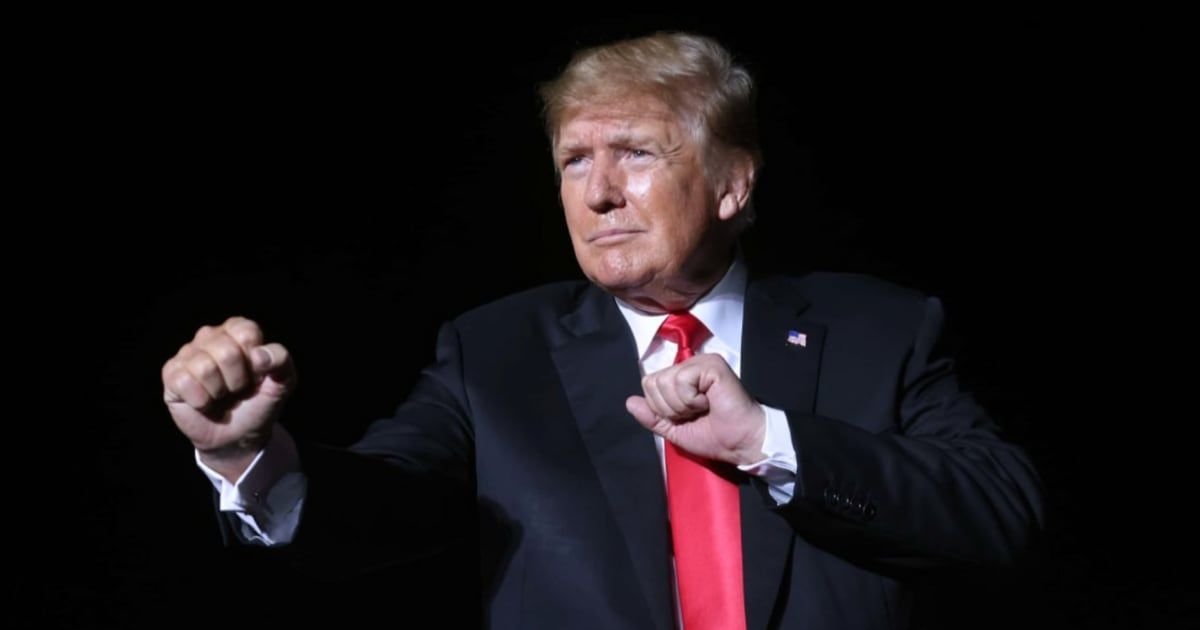
Trump's NATO funding remark draws criticism: 6 key points you need to know

As the countdown to the next US presidential election ticks away, the antics of the Republican frontrunner and former President, Donald Trump, are already making waves. With nine months left on the clock, his controversial statements are once again raising eyebrows in NATO capitals, much to the chagrin of some and the delight of others—especially his loyal supporters.
On a fateful Saturday, February 10, Trump stirred up a storm of outrage and concern across Europe with his latest declaration—he bluntly stated that he would withhold defense support from any NATO member failing to meet the longstanding 2 per cent GDP spending target on defense. Here are six key takeaways from this unfolding drama.
1. Donald Trump says he would encourage aggressors to do 'whatever they want’ with NATO countries

During his tenure as US president from 2017 to 2021, Trump didn't mince words when it came to NATO and its member states, particularly singling out Germany for not footing its fair share of the defense bill and heavily relying on American protection. While previous US administrations had also criticized Europe's defense spending, Trump's approach was notably more confrontational. At a campaign rally in Conway, South Carolina, he recounted a conversation with a leader from a "big country." "Well sir, if we don't pay, and we're attacked by Russia - will you protect us?" Trump quoted the unnamed president as saying. "I said: 'You didn't pay? You're delinquent?' He said: 'Yes, let's say that happened.' No, I would not protect you. In fact, I would encourage them (Russia) to do whatever the hell they want. You gotta pay," Trump said.
2. Countries that are members of NATO

With 31 member states, NATO stands as a formidable alliance, predominantly comprising European nations alongside stalwart partners like the United States and Canada. Finland became the newest member to join in April, as a direct response to Russia's incursion into Ukraine in 2022. Meanwhile, Sweden's bid for membership, submitted concurrently with Finland's, remains pending, awaiting Hungary's crucial ratification—a final hurdle on the path to full-fledged participation. Originating amidst the tensions of the Cold War, NATO initially centered its efforts on safeguarding Western Europe against the looming threat of the Soviet Union. However, the seismic events of 1989, marked by the fall of the Berlin Wall, prompted a significant shift. Expanding its horizons, NATO extended its protective umbrella to embrace former communist states in Central and Eastern Europe.
3. How NATO gets its funds

Trump's rhetoric often framed NATO as akin to a club where members aren't pulling their weight financially, likening it to an organization with membership fees. However, while there are common funds that all members contribute to, the backbone of NATO's strength lies in each member's individual investment in national defense. The lion's share of NATO's capabilities stems from the defense expenditures of its member states, which are utilized to maintain armed forces and procure weaponry that can be utilized within the framework of NATO operations. Despite this decentralized funding model, NATO members have collectively pledged to allocate at least 2 per cent of their respective Gross Domestic Product (GDP) towards defense spending annually—an objective that many fell short of meeting in the preceding year.
4. How much does US contribute to funding compared to other NATO countries

When it comes to defense spending as a percentage of GDP, the US stands out among the 29 other NATO countries. In 2020, the US dedicated over 3.7 per cent of its GDP to defense, a significant figure compared to the NATO European members and Canada, whose average hovered around 1.77 per cent of GDP. Notably, nations spending above the 2 per cent threshold often share borders with Russia or are close to conflict zones like Ukraine. Poland, for instance, allocated the highest proportion of its GDP to defense in 2020, at 3.9 per cent. Situated alongside the Russian exclave of Kaliningrad and with a lengthy border adjacent to Ukraine, Poland's heightened defense investment reflects its strategic position. Following Poland, the United States ranked second, allocating 3.49 per cent of its GDP to defense. In absolute terms, the US defense budget surpasses $860 billion, exceeding the combined defense budgets of all other NATO allies.
5. NATO Article 5

In NATO's foundational treaty, Article 5 stands as a beacon of collective defense, proclaiming that an attack on one member is an attack on all. This solidarity pledges immediate assistance, including armed force if necessary. Yet, it's not an automatic military response, its strength relies on decisive political backing. Trump's remarks stirred controversy, especially amid NATO's concerns over Russia's actions in Ukraine. By casting doubt on the commitment to defend allies, he shook the very foundation of Article 5, prompting NATO Secretary General Jens Stoltenberg to state on Sunday, "Any suggestion that allies will not defend each other undermines all of our security, including that of the US, and puts American and European soldiers at increased risk."
6. European leaders call for bolstering military cooperation

European leaders responded to Donald Trump's remarks that raised doubts about NATO's foundation, calling for stronger military cooperation. Donald Tusk, Poland’s prime minister, highlighted the indispensability of both the EU and the transatlantic alliance during his visit to Paris, ahead of discussions on bolstering defense ties with French President Emmanuel Macron. “It is probably here in Paris that the words from The Three Musketeers by Alexandre Dumas resonate most clearly, ‘All for one, and one for all,’” Tusk said in a thinly veiled rebuke to the former US president.


